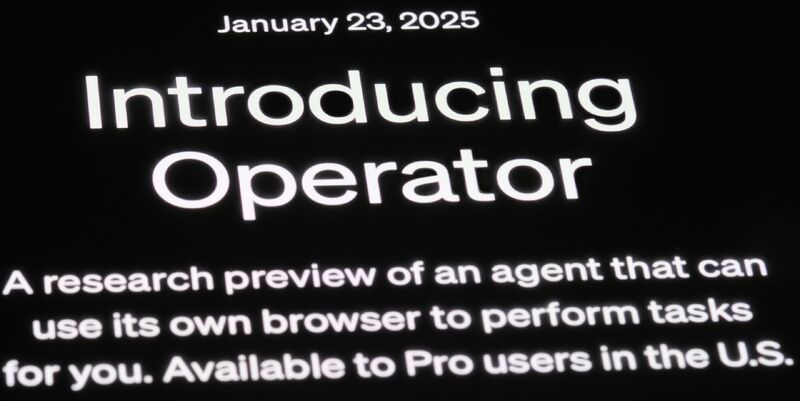𝐙𝐞𝐫𝐨 𝐓𝐫𝐮𝐬𝐭 𝐚𝐧𝐝 𝐀𝐈: 𝐖𝐢𝐧𝐧𝐞𝐫𝐬 𝐀𝐫𝐞 𝐃𝐞𝐟𝐢𝐧𝐞𝐝 𝐛𝐲 𝐄𝐱𝐞𝐜𝐮𝐭𝐢𝐨𝐧, 𝐍𝐨𝐭 𝐖𝐨𝐫𝐝𝐬.
𝐸𝑥𝑝𝑙𝑜𝑟𝑖𝑛𝑔 𝑡ℎ𝑒 𝑝𝑎𝑟𝑎𝑙𝑙𝑒𝑙𝑠 𝑏𝑒𝑡𝑤𝑒𝑒𝑛 𝑍𝑒𝑟𝑜 𝑇𝑟𝑢𝑠𝑡 𝑎𝑛𝑑 𝑐𝑙𝑖𝑚𝑎𝑡𝑒 𝑐ℎ𝑎𝑛𝑔𝑒: 𝐴𝑔𝑟𝑒𝑒𝑚𝑒𝑛𝑡 𝑖𝑠 𝑒𝑎𝑠𝑦, 𝑒𝑥𝑒𝑐𝑢𝑡𝑖𝑜𝑛 𝑖𝑠 ℎ𝑎𝑟𝑑!
The emergence of AI has ushered in transformative changes across various industries, reshaping the ways we work, innovate, and interact. Concurrently, cybersecurity has ascended to become one of the most critical issues of our era. This is where the Zero Trust framework comes into play, founded on the principle of "never trust, always verify." While there is widespread agreement on the necessity of this approach, akin to the global consensus surrounding climate change, the true challenge lies in translating that agreement into tangible action.
The parallels between Zero Trust and climate change are compelling. Both scenarios necessitate bold, systemic changes to confront complex and evolving threats. Each requires a fundamental shift in mindset and behavior, moving from reactive measures to proactive strategies. Furthermore, although there is a broad consensus regarding the existence of these problems, the path to actionable solutions remains elusive.
The core principle of Zero Trust is that no entity is automatically trusted, requiring continuous verification for users, devices, and applications before accessing critical resources. Implementing this framework, however, presents significant challenges:
𝐂𝐨𝐦𝐩𝐥𝐞𝐱𝐢𝐭𝐲: The presence of legacy systems, hybrid workforces, and interconnected networks complicates the implementation of a Zero Trust security model significantly.
𝐂𝐨𝐥𝐥𝐚𝐛𝐨𝐫𝐚𝐭𝐢𝐨𝐧: Just as climate action necessitates global collaboration, the implementation of a Zero Trust security model requires alignment across all departments, from IT to executive leadership.
𝐂𝐮𝐥𝐭𝐮𝐫𝐞 𝐒𝐡𝐢𝐟𝐭: Employees and teams must cultivate a security-first mindset, recognizing the critical importance of verifying every interaction.
𝐋𝐞𝐚𝐫𝐧𝐢𝐧𝐠 𝐟𝐫𝐨𝐦 𝐂𝐥𝐢𝐦𝐚𝐭𝐞 𝐂𝐡𝐚𝐧𝐠𝐞
To address the execution gap:
𝐂𝐨𝐦𝐩𝐥𝐞𝐱𝐢𝐭𝐲: The presence of legacy systems, hybrid workforces, and interconnected networks complicates the implementation of a Zero Trust security model significantly.
𝐓𝐚𝐤𝐞 𝐈𝐧𝐜𝐫𝐞𝐦𝐞𝐧𝐭𝐚𝐥 𝐒𝐭𝐞𝐩𝐬: Like climate initiatives, which are typically implemented in phases, the Zero Trust framework can also commence with manageable initiatives, such as identity verification or micro-segmentation.
𝐋𝐞𝐯𝐞𝐫𝐚𝐠𝐞 𝐓𝐞𝐜𝐡𝐧𝐨𝐥𝐨𝐠𝐲: Utilize AI driven tools for real time monitoring, anomaly detection, and risk assessment to enhance your Zero Trust strategy.

- By Admin
- June 2, 2025